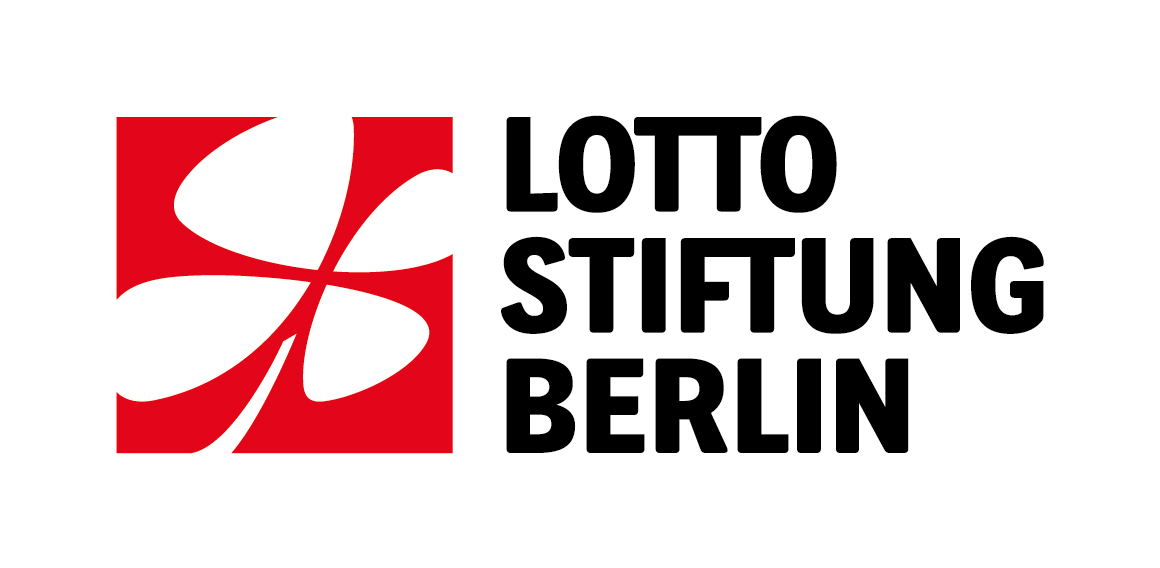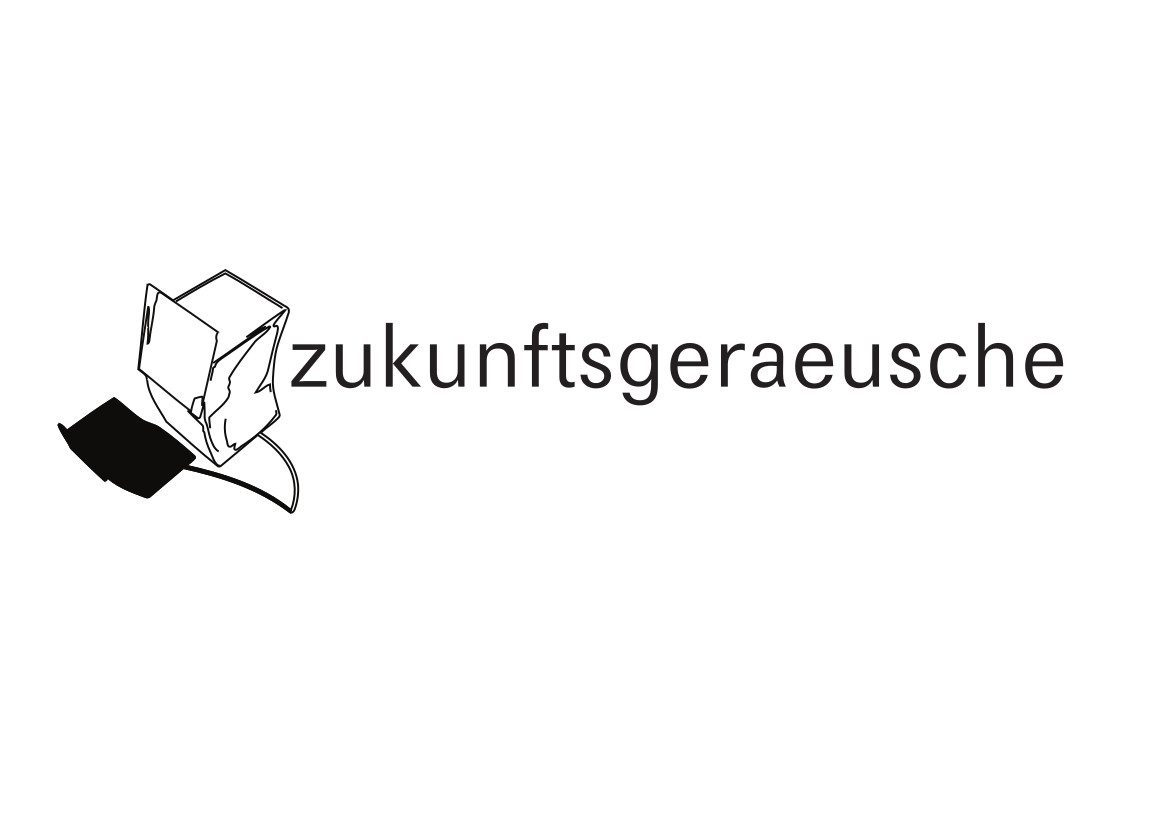Triennal of Modernism 2019
Berlin – World Heritage of Modernism

Triennal of Modernism 2019, in Berlin during the weekend of 10 to 13.10.2019,
Festival venue at BHROX bauhaus reuse, Ernst-Reuter-Platz
11.10.2019, 10 am, BHROX bauhaus reuse
Opening of festival headquarters and exhibition “Berlin modernism housing estates”
(as link to page)
12.10.2019, 1 pm, BHROX bauhaus reuse
Symposium functionalism & Bauhaus (Functionalism II) with film evening
(as link to page)
Discover the metropolis of modernism
115 events during the Berlin weekend of the “Triennale der Moderne” from 10 to 13 October
The 1920s were a time of radical upheavals in art, design and society that continue to fascinate us today. They are the starting point of the “Triennale der Moderne”, which was jointly launched by the cities of Weimar, Dessau and Berlin for the first time in 2013, based on an initiative of the Berlin State Office for the Preservation of Monuments. All three cities have UNESCO World Heritage Sites from those years, which are valuable representations of classic modernism.
Every three years, during three consecutive autumn weekends, the triennal offers the opportunity to rediscover the cultural and built heritage of this diverse period through a series of guided tours and events. After successful launches in 2013 and 2016, the programme of 2019 is strongly influenced by the 100th anniversary of the famous Bauhaus School of Art and Design, which was first based in Weimar, later in Dessau and Berlin, before it was forced to close in 1933 under pressure from the National Socialists. Nevertheless, the ideas taught and pursued there lived on: many protagonists went into exile and continued to practice further. To this day, the Bauhaus is regarded as the epitome of timeless modern design and progressive pedagogy. It thrived worldwide – albeit often in regionally modified forms. Its traces can be found in the planning of Tel Aviv as well as in the reconstruction of Germany after the Second World War, in the course of which Germany sought to rejoin the international modern movement.
The triennial opened on 26 September at the Bauhaus founding site in Weimar. In Dessau, the second venue, the programme continued with events and guided tours to famous and less famous Bauhaus locations and cooperation projects with Tel Aviv. From Thursday, 10 October, the next stop was Berlin, a city rich in architectural culture and history, where around twenty organisers put together a particularly wide-ranging agenda. Financially supported by the LOTTO Foundation Berlin as well as several project-related third-party funding sources, the triennal will continue until November. In addition to established partners, such as the State Office for Monument Protection, the Berlin Chamber of Architects or the Prussian Cultural Heritage Foundation, the ” bottom-up ” character of the Berlin programme is frequently highlighted by civil society initiatives working on a voluntary basis, with well over one hundred impressive individual offerings.
Hardly any other city in the world is suited like Berlin to paint a holistic picture of the epoch, its origins and further development. The metropolis on the River Spree boasts an outstandingly broad range of 20th-century monuments, where the upheavals, ideas and aftermath of the industrial revolution that began around 1880 can be easily conveyed and understood as an overall narrative. This is also where the Bauhaus fits in, but on closer inspection, it is only one building block among many, which has long since taken on the character of a global umbrella brand. The idea of a uniformly practiced “Bauhaus style” is misleading. This term, which is often used with pleasure, does not do justice to the pedagogical principles, nor to the richness of facets and sources of the modernity that is emerging in many places and developing in parallel.
At the Berlin opening event in the Museum of Musical Instruments, which starts on Thursday at 2 p.m., a conscious look will be taken at the prehistory and significant parallel developments of the Bauhaus phenomenon through lectures and exemplary personalities. These include, for example, the Deutscher Werkbund, an economic-cultural association founded in 1907, where almost all the architects and designers of rank and name gathered back then. Among them were many whose work played a prominent key role in the development of Berlin, such as Peter Behrens, Martin Wagner and Bruno Taut.
In the early 20th century, the reform movements that preceded the founding of the Bauhaus were primarily dedicated to improving housing and living conditions under the impression of advancing industrialisation. The motto “light, air and sun” found its visible architectural expression in numerous green housing estates and garden cities scattered throughout the immediate surroundings of the booming “Elektropolis Berlin”. Six of these complexes, which were built between 1913 and 1934 in response to the rampant housing shortage in the urban area of the newly unified “Greater Berlin” from 1920 onwards, were jointly declared a UNESCO World Heritage Site “Housing Estates of Berlin Modernism” in 2008. The way in which they became a model for 20th-century residential architecture through their varied forms, good floor plans and novel urbanistic figures will be presented in several guided tours plus two exhibitions in the two Triennale Festival headquarters on Ernst-Reuter-Platz and in the Neuköllner Hufeisensiedlung, which will be open throughout the weekend.
The circumstances surrounding the re-import of modern ideas after 1945 are likewise enlightening, as contradictory and politically competing maxims of urban development developed in East and West. These differences can be clearly seen when comparing the predominantly neo-classical facades along Karl-Marx-Allee, which runs almost axially towards Alexanderplatz, with the free-standing blocks of the West Berlin Hansa Quarter on the edge of Tiergarten.
Apart from that, the broad spectrum of the project partners offers a programme rich in contrasts. It ranges from well-known highlights, residential and functional buildings of the time, to modern church buildings, reports on the forgotten legacy of Jewish architects, influences from Central and Eastern Europe, transnational monument protection projects, buildings of the Western Allies as well as the large housing estates of the 1970s or current challenges of modern housing construction.
In addition to guided tours, exhibitions and lectures, not only are popular installations and performances offered, but also scientific congresses and symposia. The density of events is particularly high from Friday to Sunday, but specific offerings and exhibitions extend over the following weeks.
A programme booklet with a brief overview of all the main highlights has been published for the triennal and will be available at the festival and tourism centres over the weekend. The complete, up-to-date, responsive – i.e. smartphone friendly – programme, with an overview of all events, partners and sponsors, can be found at www.triennale-der-moderne.de.
The Berlin founding partners and the professional board of trustees are the Berlin State Office for Monument Protection, the Bauhaus-Archiv / Museum für Gestaltung e.V., visitBerlin and the Berlin Chamber of Architects.
Curation and communication are handled by zukunftsgeraeusche GbR and buschfeld.com.
The Triennial of Modernism in Berlin is funded by the Stiftung Deutsche Klassenlotterie Berlin.
The Berlin Triennale, with the core weekend from 10 to 13 October 2019, involved the following cooperation partners:
Landesdenkmalamt Berlin Architektenkammer Berlin, Kompetenzzentrum Großsiedlungen, zukunftsgeraeusche, Tautes Heim, Staatliche Museen zu Berlin – Kunstbibliothek, GJA – Gesellschaft zur Erforschung des Lebens und Wirkens deutschsprachiger jüdischer Architekten, Hermann Henselmann Gesellschaft, Scharoun-Gesellschaft, Otto Bartning Arbeitsgemeinschaft, Bildungsverein Bautechnik, TU Berlin, Knobelsdorffschule Berlin, GRIPS Theater, Ticket B, Förderverein Corbusierhaus Berlin, Stalinbauten, Siedlung Onkel Toms Hütte, Studentendorf Schlachtensee, culturepartner berlin and Freunde und Förderer der Hufeisensiedlung Berlin-Britz.







